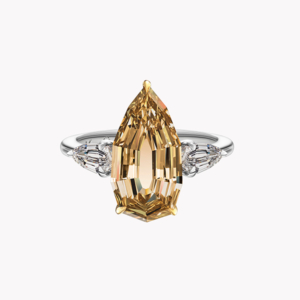
Scientists with the European Organization for Nuclear Research (CERN) have been able to do something that was once thought impossible: They’ve turned lead into gold, “for a fraction of a second.”
In a statement, CERN noted that medieval alchemists always dreamed of finding a way to turn the base metal lead into the precious metal gold, as the two metals have similar density. It later became clear that gold and lead are distinct chemical elements, so this couldn’t be accomplished through chemical methods.
The advent of nuclear physics led to the discovery that heavy elements can transform into other elements—either naturally, through radioactive decay, or artificially, by bombarding them with neutrons or protons.
CERN has used the latter method, inside its 17-mile-long Large Hadron Collider, “the world’s largest and most powerful particle accelerator,” according to the organization. The Hadron Collider created gold, which has a nucleus containing 79 protons, by removing three protons from lead’s nucleus.
While scientists believe they’ve achieved a significant breakthrough, we shouldn’t expect lab-created gold at jewelry store counters anytime soon.
The CERN statement said its work has produced only 86 billion gold nuclei, which equal only 29 picograms of gold.
“That total still amounts to trillions of times less than would be required to make a piece of jewelry,” said CERN. “While the dream of medieval alchemists has technically come true, their hopes of riches have once again been dashed.”
CERN’s results were recently written up in a paper in Physical Review Journals.
(Photo courtesy of CERN)
- Subscribe to the JCK News Daily
- Subscribe to the JCK Special Report
- Follow JCK on Instagram: @jckmagazine
- Follow JCK on X: @jckmagazine
- Follow JCK on Facebook: @jckmagazine






